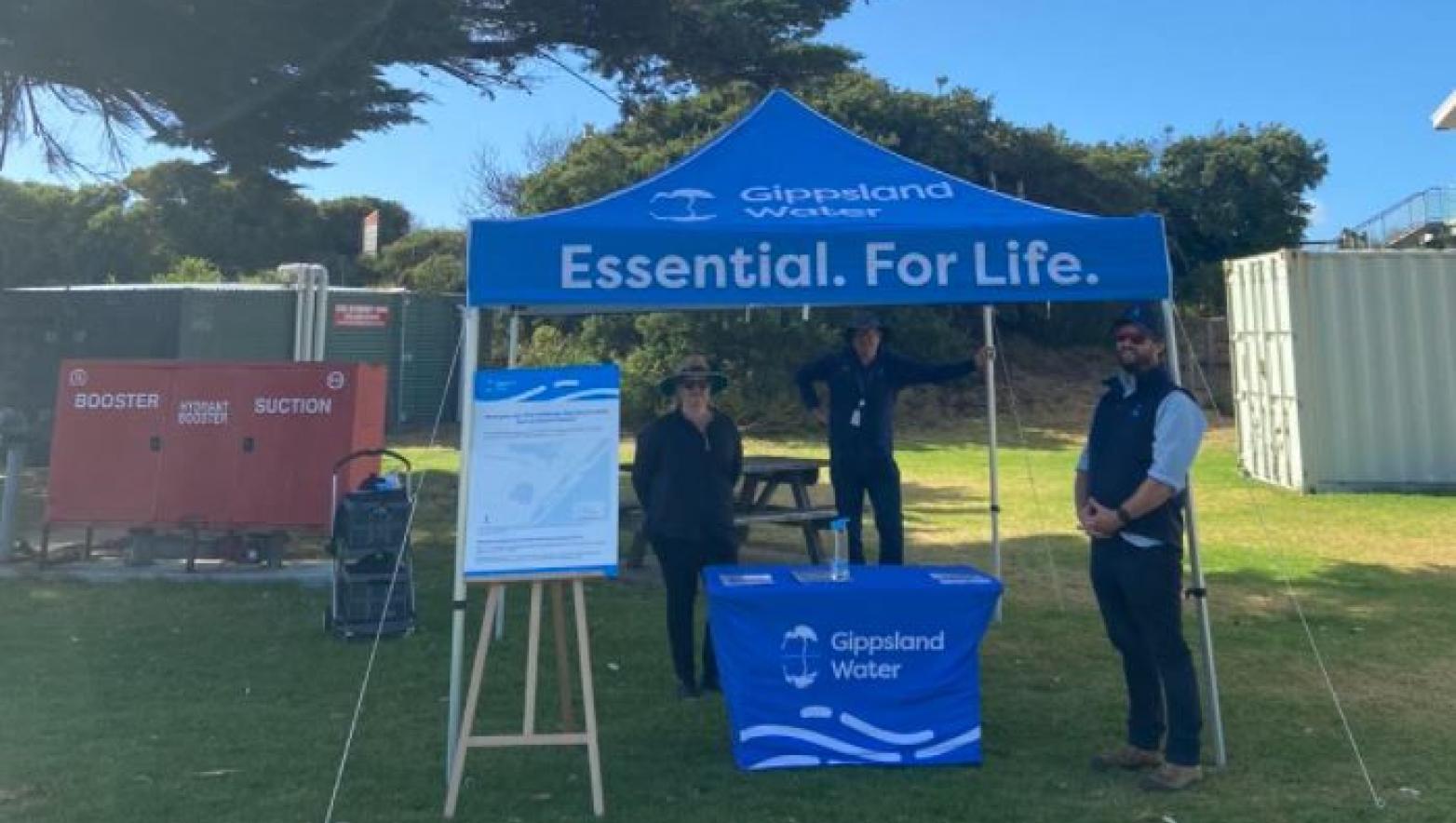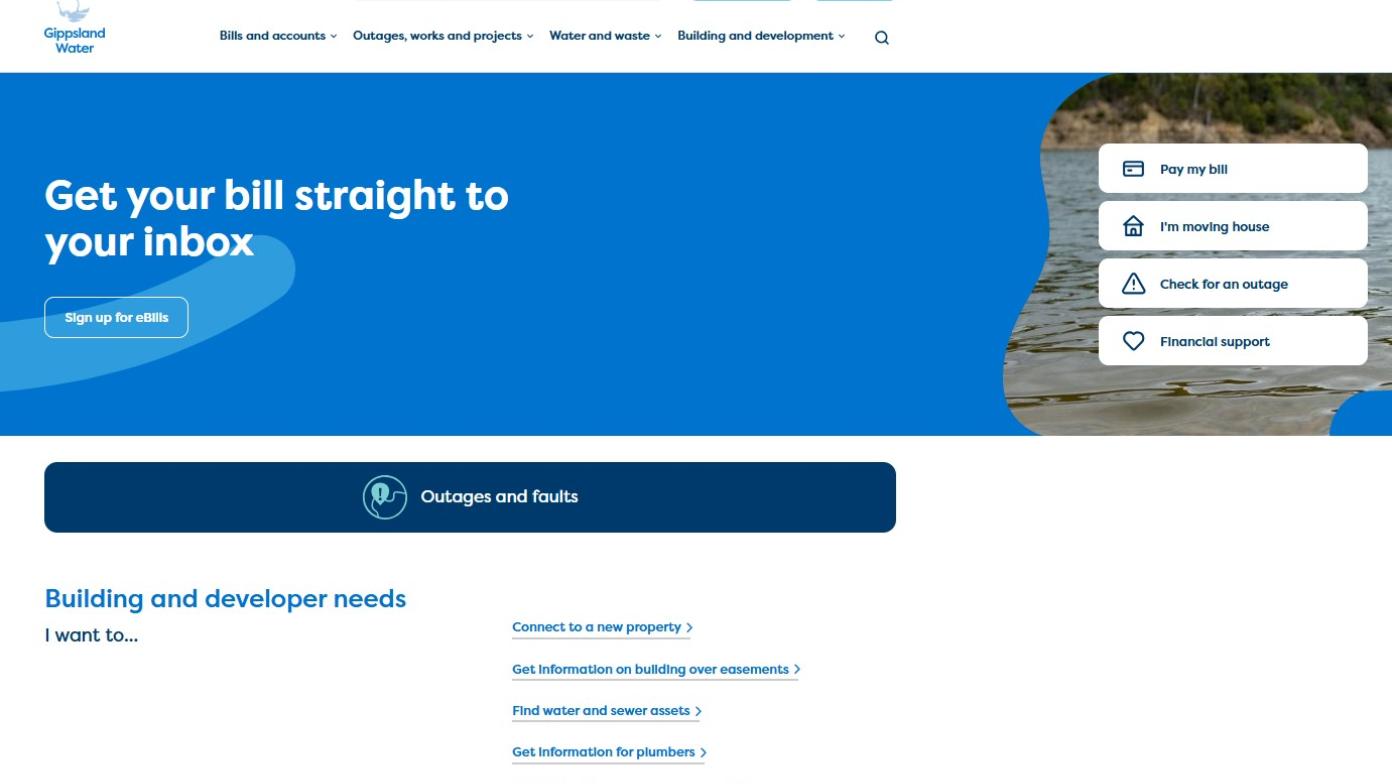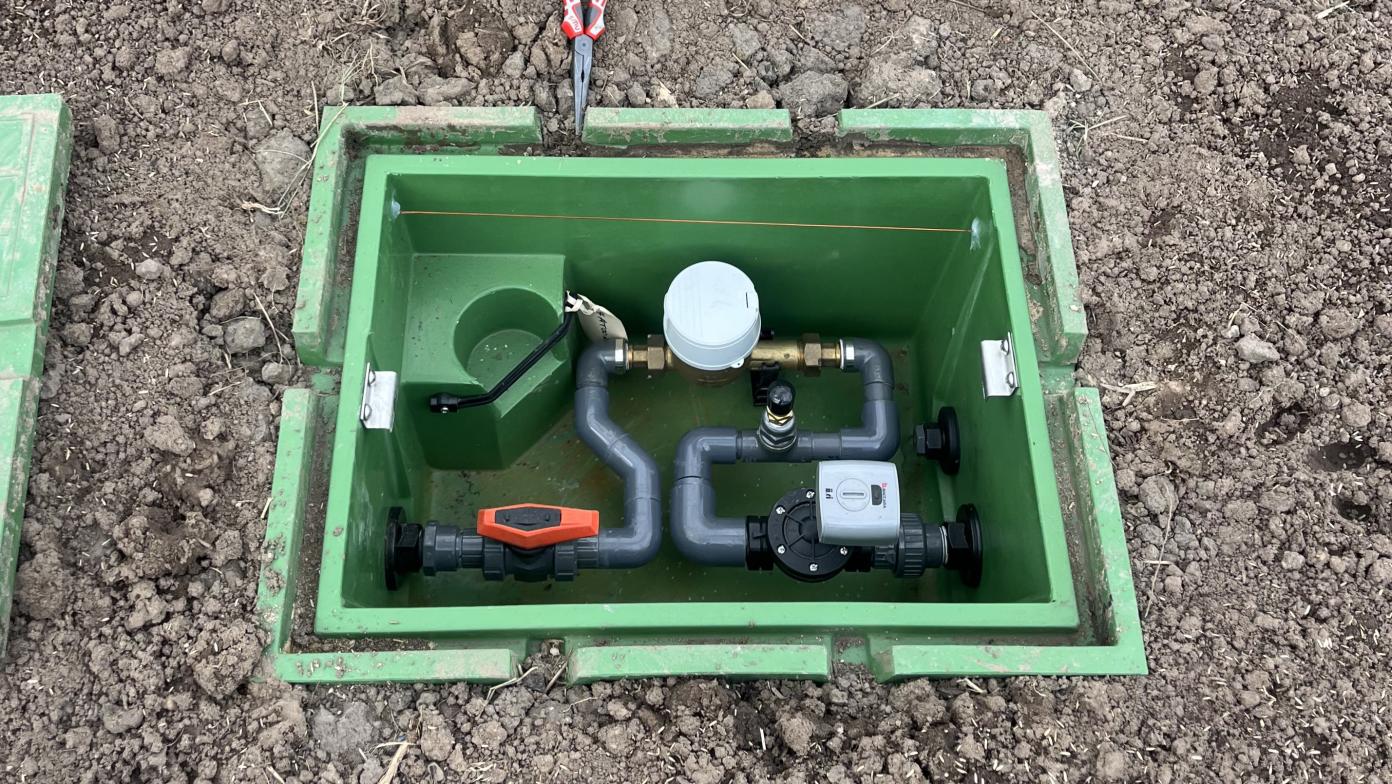Dutson Downs windfarm engagement - Update 23 February

Over the last couple of weeks, we’ve been talking to our customers and the community about the idea, to answer questions and find out what they think.
We’ve already received lots of thoughtful feedback – thank you if you’ve completed our survey, or had a chat with us.
There have been some questions that have come up a few times, so we’ve updated our website with answers to frequently asked questions.
Frequently asked questions
How can I have my say?
- Complete the survey online (by 5 March)
- Come to a drop-in session (see times and dates above)
- Register for our online information session on 28 February
- Contact us via phone 1800 050 500 or email communications@gippswater.com.au
What are the potential benefits of a wind farm?
Potential benefits of a wind farm at Dutson Downs could include:
- Potential to boost the local economy, providing more jobs for residents in construction and ongoing maintenance.
- A contribution to the infrastructure needed to move us towards net zero carbon emissions by 2030.
- An affordable way to reduce our greenhouse gas emissions, potentially reducing operating costs and putting downward pressure on customer bills.
How big would the turbines be?
We’re not at the planning stage, or in a position to know exactly which turbines might be used, but it’s possible they could be up to 250 metres to the top of the blade - similar to other windfarms in Gippsland, like Wonthaggi.
How many turbines would there be?
The area we’ve identified in the map above could be suitable for 10 or more, but it would depend on where investigations and feasibility studies lead and importantly, what the community thinks about the prospect of a windfarm at Dutson Downs.
What would the wind farm look like?
A wind farm in this location would be at least 2-5 km from neighbouring properties and around 10km from the centre of Golden Beach. Based on our early understanding of wind turbines in general, we’d expect that turbines in the proposed location could be visible from some locations when travelling past. More detailed studies would be needed to determine whether they’d be visible from nearby towns and to what extent. However, at this stage we’d expect it would be very minimal and possibly not at all from nearby towns like Golden Beach, Paradise Beach, Loch Sport, Seaspray and Longford.
Would you be able to hear the windfarm from the beach?
No. We don’t expect you’d be able to hear any noise beyond 500 metres from the turbines and the location being considered is about ten kilometres from the nearest town centres.
What would Gippsland Water do to protect wildlife and the environment in the area?
If we were to decide to proceed to investigate the possibility of a wind farm, we would need to do extensive impact assessments, testing and studies as well get independent approvals to ensure we fully understand the potential environmental impact.
We’d also ensure we didn’t build on ground habitat of vulnerable or endangered species and map bird flight paths to understand the heights and directions they fly to try to avoid their flight path. There could also be operating conditions to minimise the impact.
Is Gippsland Water rushing to meet a 2025 target?
No. All Victorian water corporations must have their operations 100% powered by renewable energy by 2025 (either purchased or generated themselves). We have also committed to reaching net zero carbon emissions by 2030.
There are multiple ways for us to meet these targets, including through the purchase of green energy as well as the use of other sources of renewable energy. A wind farm is only one option and even if we did decide proceed to commencing planning for one, it wouldn’t be established by 2025.
Is Gippsland Water considering other renewable options like solar?
Yes. We’ll continue to explore a variety of renewable energy options. We already have solar installations at seven of our sites: the Gippsland Water Factory in Maryvale, the Warragul, Traralgon and Tyers water treatment plants, Warragul and Moe wastewater treatment plants, the Traralgon office. We also have a biogas engine and a hydroelectric generator at the Gippsland Water Factory, which help power that site.
At Dutson Downs, we have plans for two additional solar installations, totalling just over 500 kilowatts. We’re looking to use our learnings from our floating solar installation at the recently upgraded Drouin wastewater treatment plant and construct a system that could potentially be expanded over time. We’re also exploring the possibility of biogas generation technology into our waste recovery operations. The scale of these solar and biogas opportunities would be smaller than a wind farm opportunity.
What would happen to the other operations at the Dutson Downs site?
Gippsland Regional Organics and Agribusiness would continue to operate at the site, regardless of whether or not a wind farm is established there. The Dutson Downs property is approximately 8,250 hectares – a huge parcel of land big enough to continue to accommodate these operations and our large scale carbon offset plantation on the site.
Gippsland Water is a water corporation, not energy experts – is there the expertise to do this?
We operate a network worth over a billion dollars that includes 3,500 km of pipes and 29 treatment plants. We are also a massive consumer of electricity with a consumption equivalent to nearly 6,000 Gippsland homes. While our expertise is clearly in the delivery of water and wastewater services, our knowledge of energy is critical to our ongoing success and we would look to strengthen this expertise should this opportunity progress.
Can Gippsland Water be sure bills would go down?
No. There’s a high possibility that operational cost savings associated with reduced energy costs could put downward pressure on bills, but we haven’t progressed to the stage of undertaking any detailed financial modelling at this early stage.
Could bills go up?
If we were to decide to progress to the planning stage for a wind farm, a detailed business case would be needed to assess its financial viability. We haven’t progressed that far yet but we do not want to see our customers’ bills increasing.
How will Gippsland Water use community feedback?
We’ll be analysing all feedback to identify trends, issues, concerns and sentiment to get a read on what our customers and communities think and feel. The engagement process will take all views into account and is not a simple ‘yes or no’ evaluation. Sign up to keep up-to-date with this potential project.


